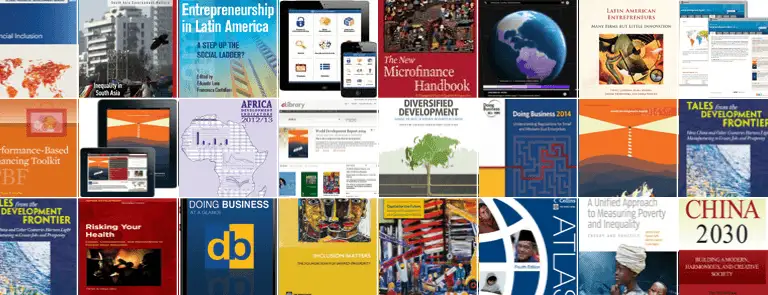The downfall of PDFs and what it says about Knowledge Management

A great article from the Washington post, shared by Martina Hetzel via the KM4DEV mailing list, has caught my attention. The article, titled "The solutions to all our problems may be buried in PDFs that nobody reads", cites a World Bank report and emphasizes on its knowledge management issues.
"About 13 percent of policy reports were downloaded at least 250 times while more than 31 percent of policy reports are never downloaded. Almost 87 percent of policy reports were never cited. "
Great to see the World Bank making these figures public. I did once an analysis for a large organization on their distribution of printed publications. It turned out that only 1/3 of printed publications were delivered and the rest were kept in storage. Being an advocate for open data, I was never a friend of PDF files, which to me are a mere symbol of 20th century knowledge management – interesting information buried into such a limited format. The idea or hope that we can just write about anything and store it in a perfect documentation system for it to flourish and be shared, it just does not work.
Another challenge with such an approach to knowledge management is that the number of downloaded documents that are actually read cannot even be measured.Most probably they are just a tiny fraction. What a huge difference if you compare this to the following web metric: Average time spend on a page.
I believe the reasons are two-fold: First, experts hardly ever write to reach a potentially large audience. Second there is little to none marketing done for publications. Particularly developing organizations, which have large funds or budget for extravagant reports, put little thought on their potential readers. On top of that content is often arduously written, brandishing the authors expertise.The much gigantic efforts to polish wording of the articles tell more about them than the subjects per say. That is why I am such a blog-posts enthusiast. It is more feasible to know whether you have reached an audience or not; you are more exposed to direct feedback and more in contact with your readers, than hiding behind a PDF, where mostly only the executive summary matters.
The above mentioned article triggered some discussions and some points were raised: The lack of downloads is due to the information overload and the little time to consume so much content. I disagree. I believe there are potential readers for the smallest niche topic. You just need to make the effort to reach out to this audience. Good content always finds its way to readers, but more so if it is not limited to a PDF file.
But of course, reading patterns change tremendously: People do read shorter content or rather just skim it. Another reason we should rethink the old way of publishing.
In my experience, organizations invest about 95% of their time writing content and coordinating wording, while 5% or less is invested in actually communicating it to a potential audience. Knowledge management is only thought from the start, but not to the end. And that is exactly what the study points out: "There is little systematic research about the demand for and use of World Bank knowledge products." It would be interesting to compare the study from the World Bank to their blogging activities. I bet there blog posts have many more readers.